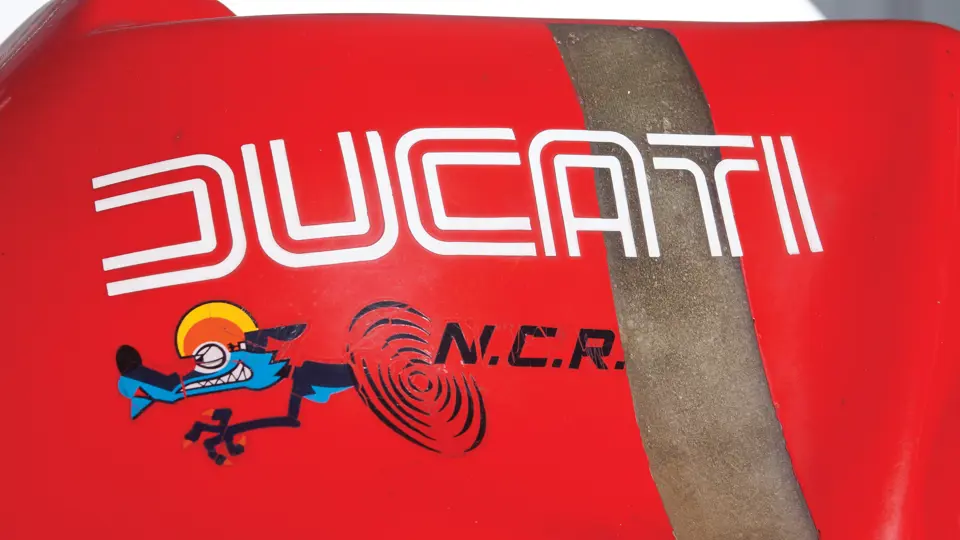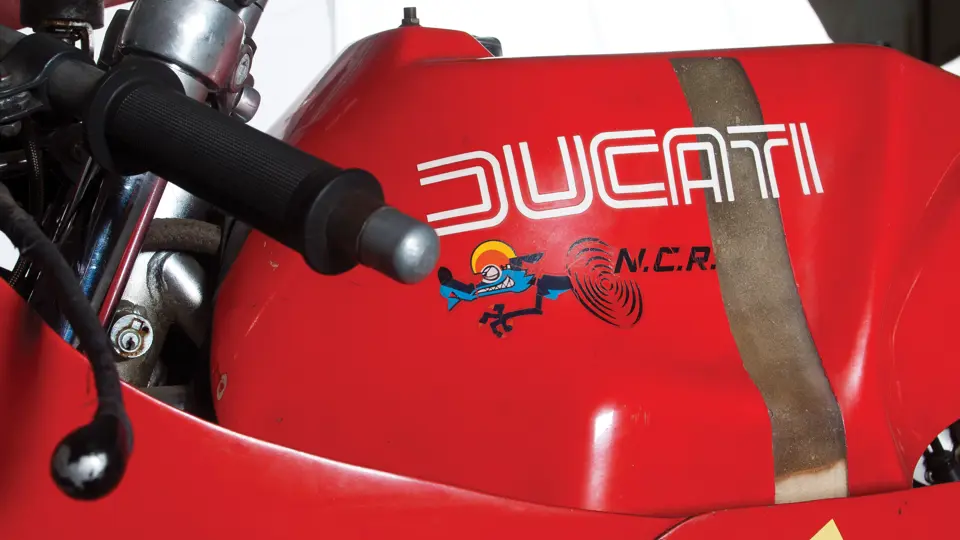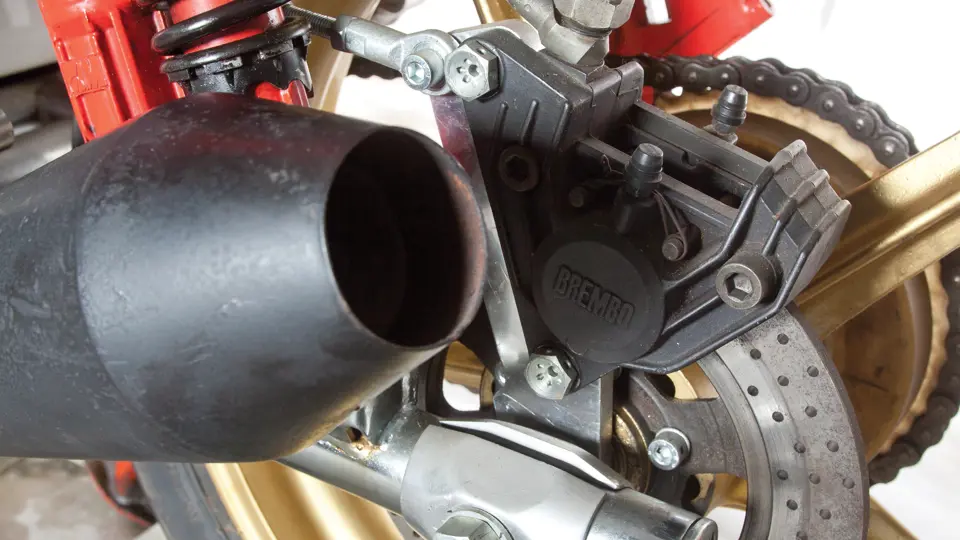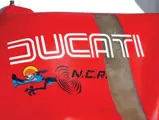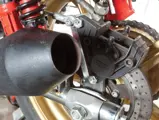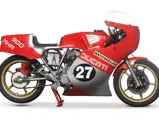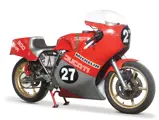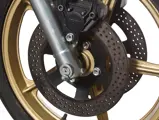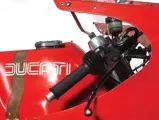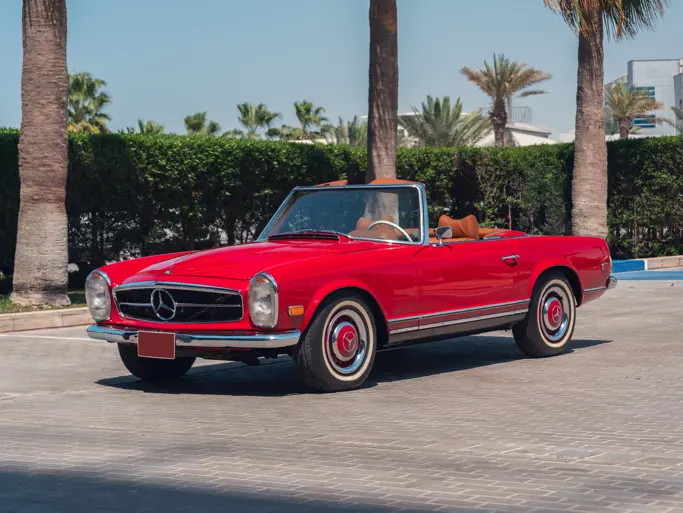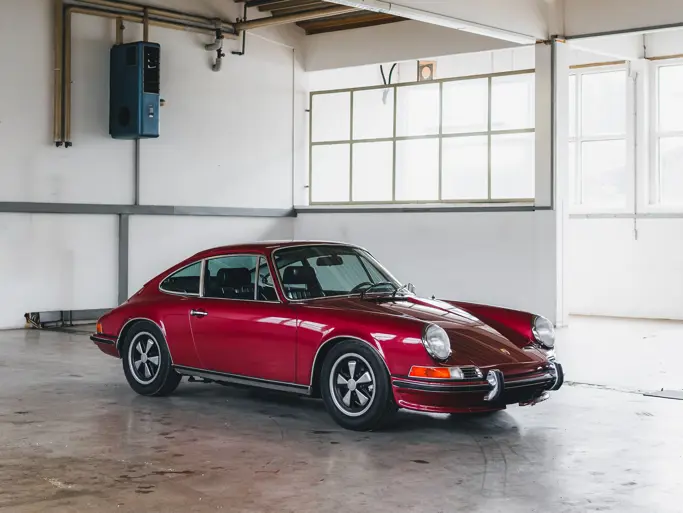Specifications: 864 cc SOHC Desmo V-twin, five speeds.
By 1973, prospects for Ducati in Formula 750 looked bleak thanks to the rise of the two-strokes. As a result, Fabio Taglioni decided to focus on endurance racing, which did not have any engine restrictions.
By fitting the 86-mm racing pistons from the 450 single to the 750 V-twin, an 864-cc engine was created and made its debut at the Barcelona 24 Hour Race in 1973. The race took place in the 2.25-mile street course at Montjuich Park in July, and riders Salvador Canellas and Benjamin Grau won at an average speed of 71 mph, completing 720 laps and beating the 2nd place Bultaco by 16 laps. Like the Imola racers, they used the early 750 round case engines, with dry clutch and centre axle Marzocchi forks and Lockheed pattern Scarab brakes.
The 750 Super Sport went into production in 1974, but Grau and Canellas returned to the Barcelona 24 Hours again, with the 860 bike now producing 90 horsepower. They led once again, but this time the gearbox failed at hour 16. Their third attempt at Montjuich occurred in 1975, when their 905-cc V-twin won at 71.74 mph, and they beat their early record by 11 laps.
Meanwhile, the square-case 860-cc engine had made its way into the 750 SS frame to create the 900 SS. One could still get a 750 SS in 1975, but it had a sleeved-down version of the square-case motor. At least the 900 SS owed little to the disappointing 860 GT and retained the right-side gearshift, small CEV taillight, fibreglass fuel tank, open bell-mouth carburettors and no provision for turn signals. These were still basically production racers but with some serious reliability problems. Chief among them were an abrupt ignition advance and heavier pistons, which placed an unsupportable strain on big end bearings.
The problems would be addressed in 1978 with the 900 SS and 750 SS gaining a steel tank instead of the pretty Imola fibreglass one, a left-side gear shift, smaller 32-mm carburettors, quiet Lafranconi silencers and Aprilia switch gear. Luckily many bikes came with the real Contis pipes and 40-mm Dell’Orto carburettors in the crate.
The bike on offer here is a 1980 model and has benefitted from an NCR race kit and is said to have period competition history, being presented in the condition in which it was last raced. It has Marzocchi forks and adjustable rear shock absorbers, PHM 40-mm Dell’Orto carburettors, Brembo brakes, Campagnolo rims and a big-valve engine with race cam, race pistons and special clutch. While it will need fettling, the new owner will certainly enjoy its performance.

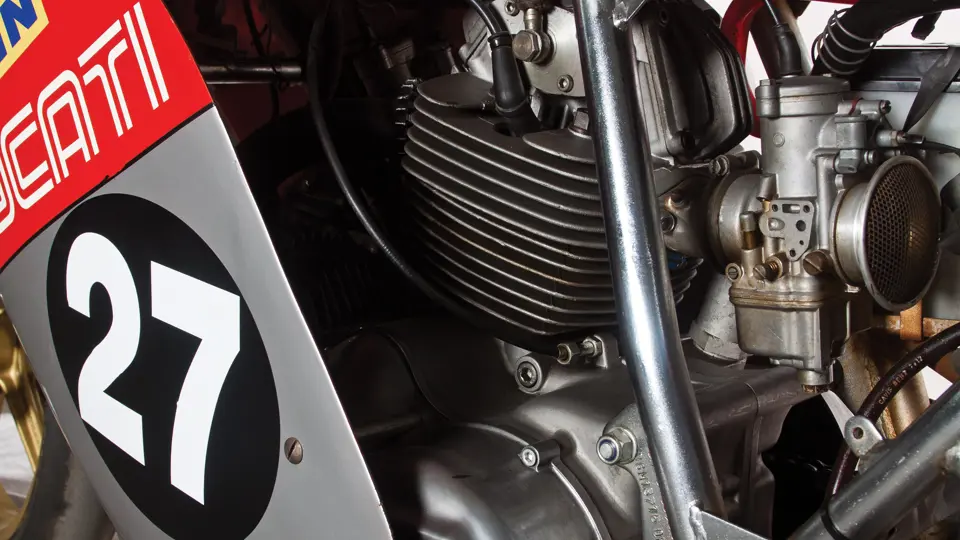


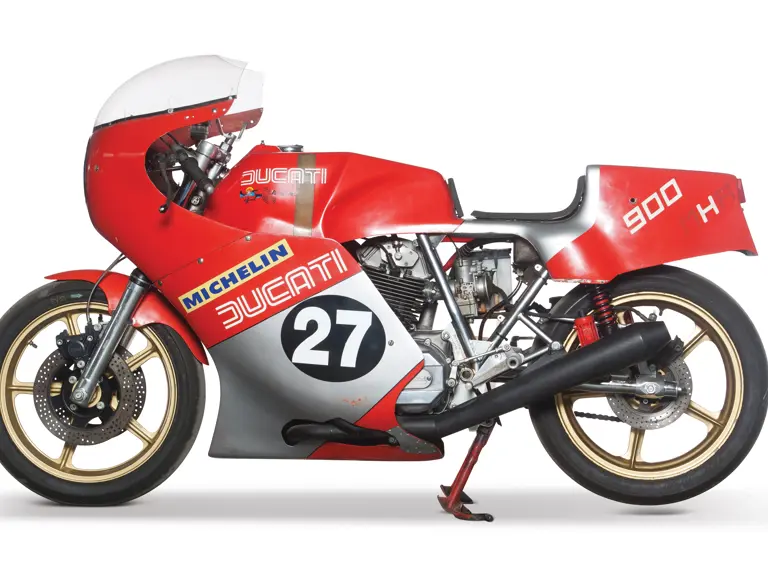
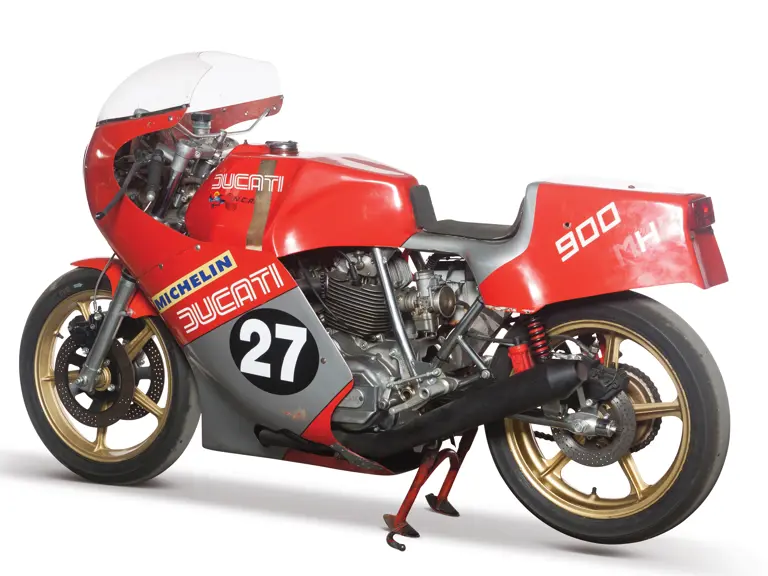
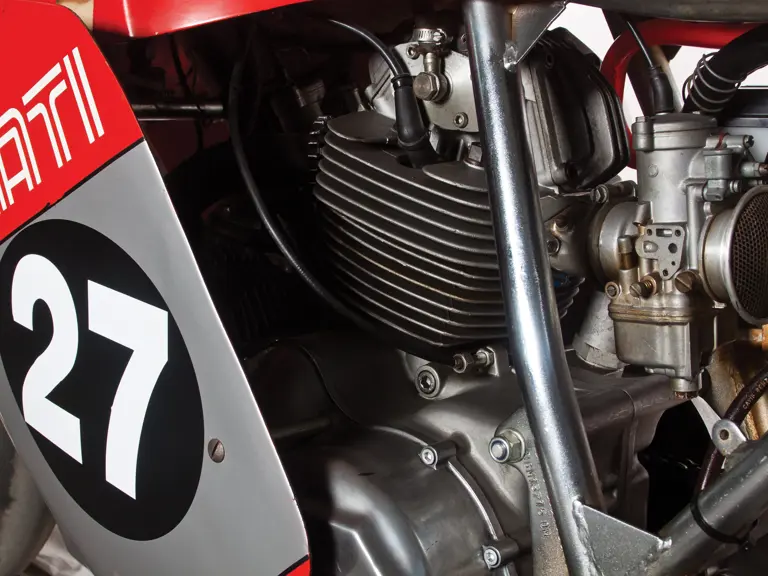
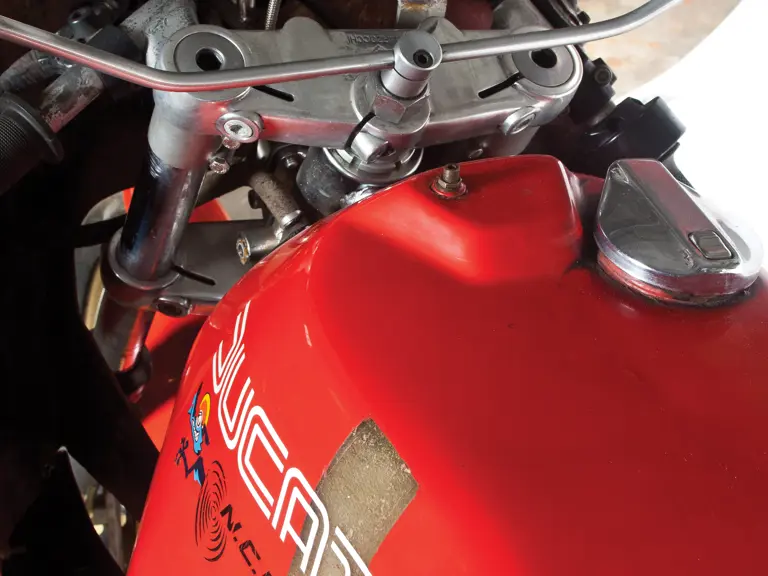
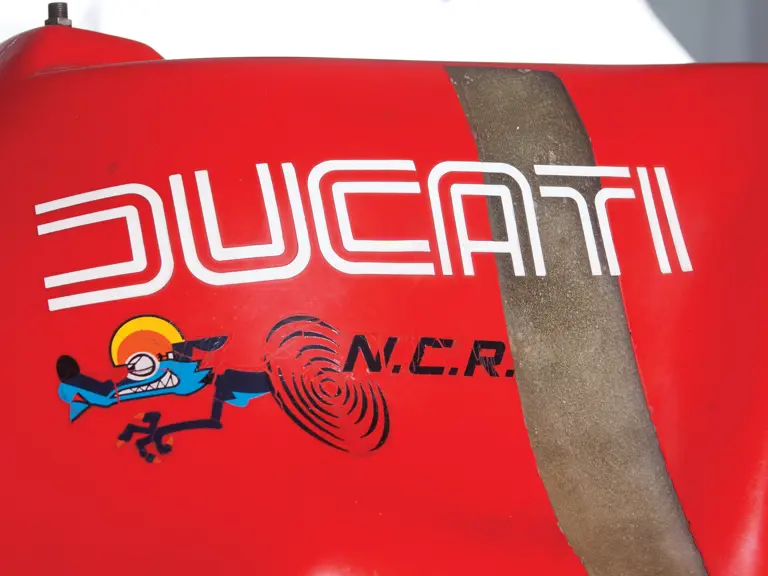
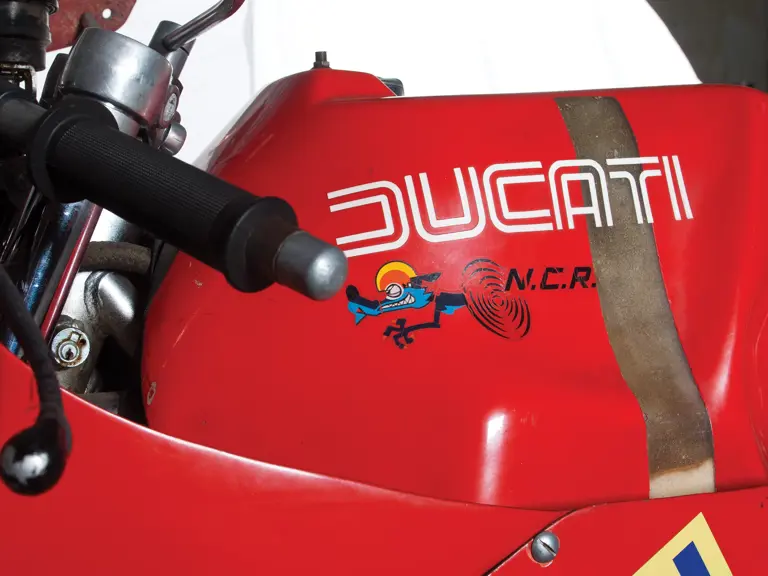

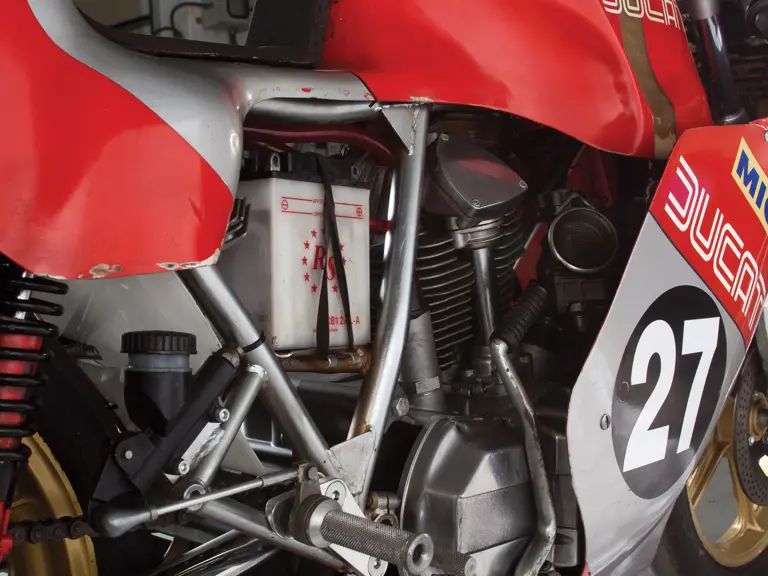
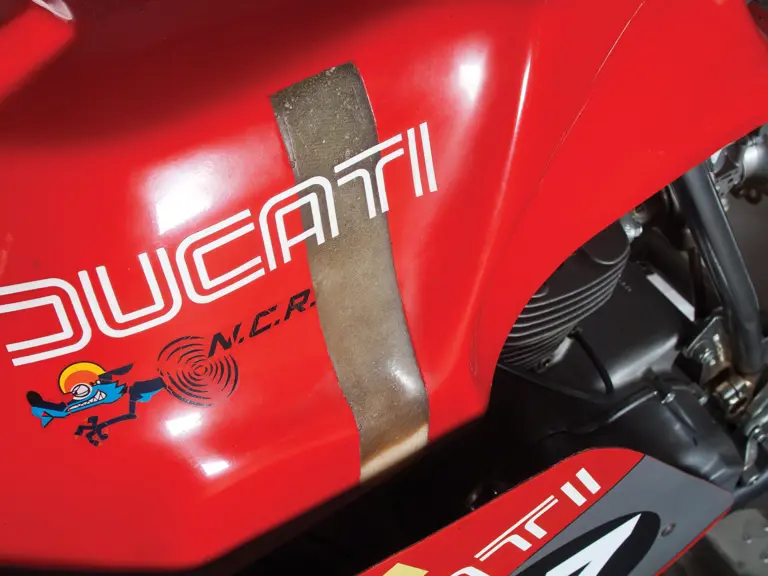
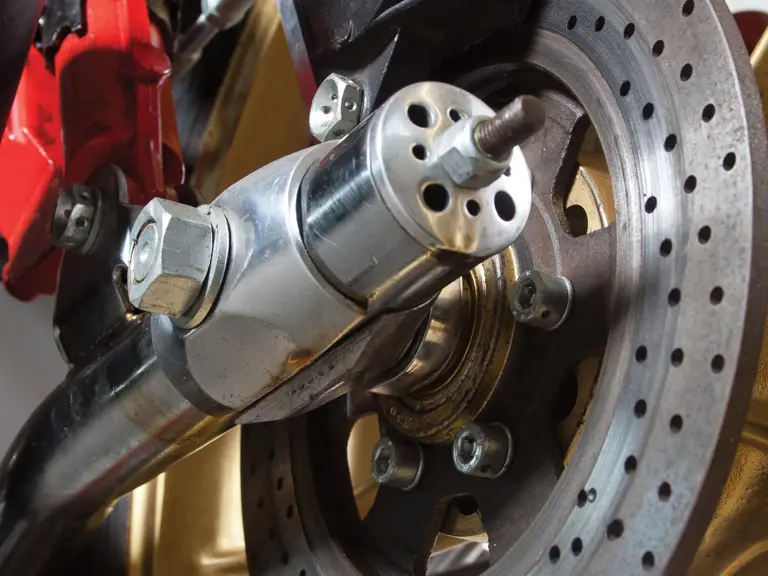


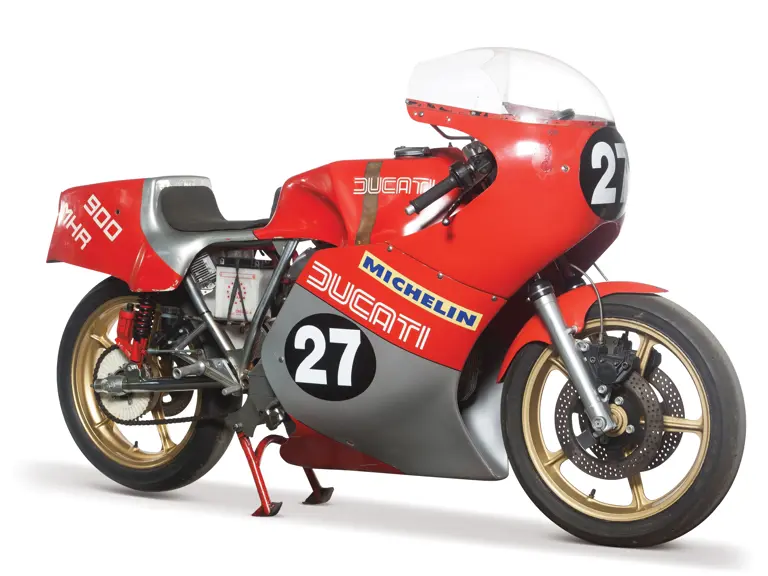
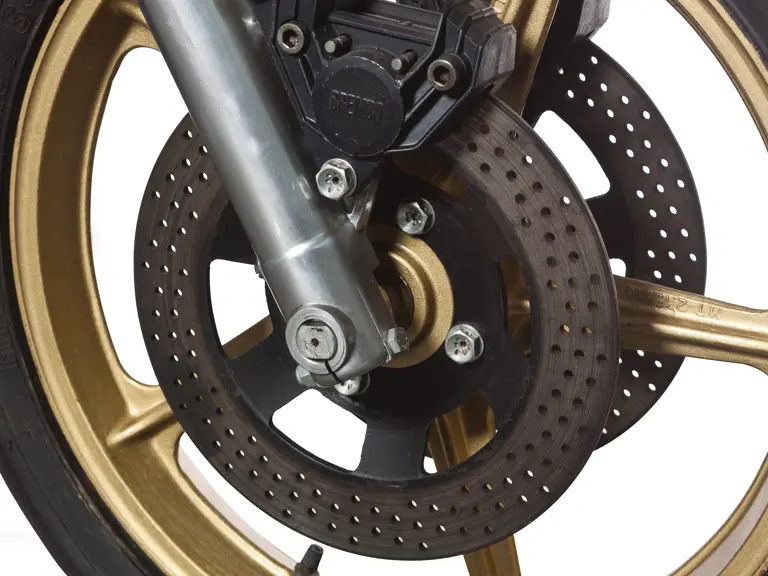
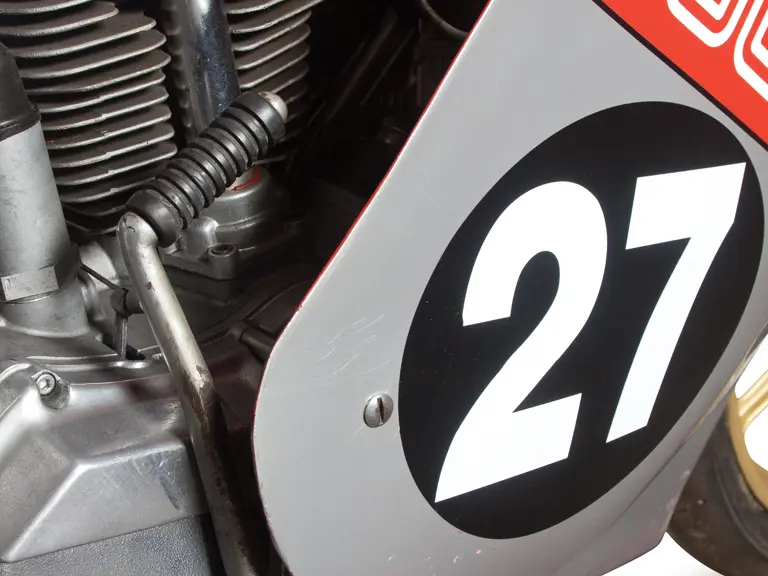
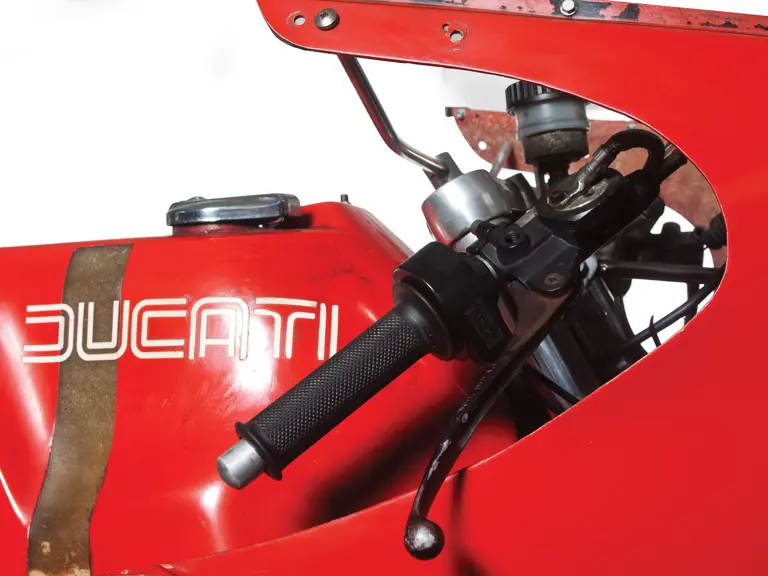
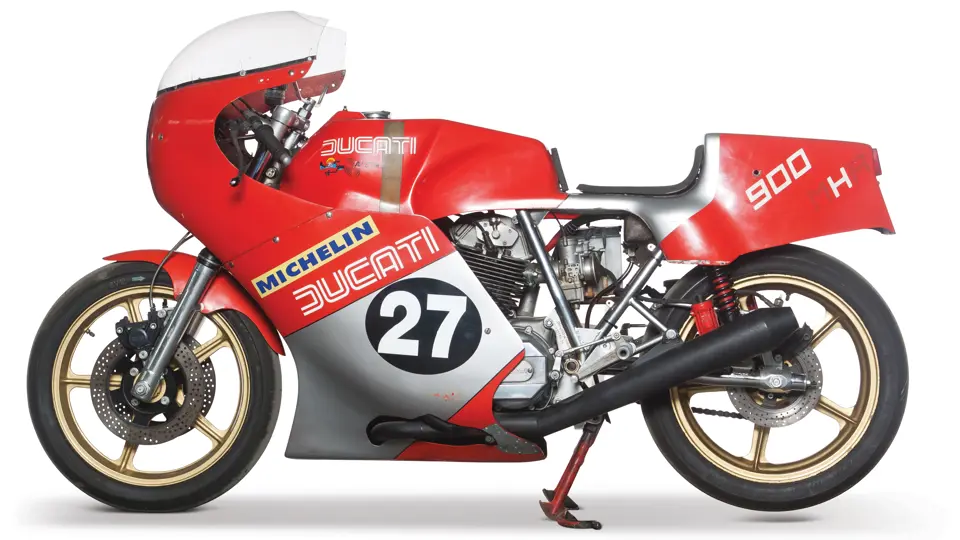
 | Monaco, Monaco
| Monaco, Monaco
